All-Road Bikes are the Road Bikes of the Future
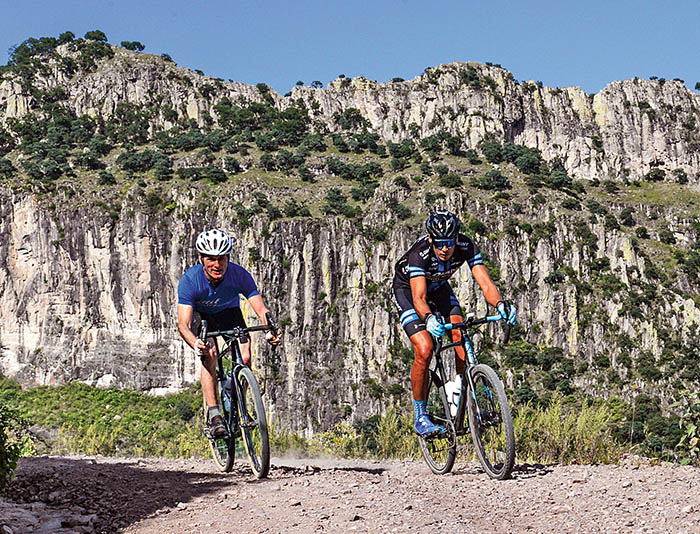
All-road bikes with wide tires are the hottest trend in cycling. There is a level of excitement that we haven’t seen since the mountain bike boom of the late 1980s: These new bikes bring new people into the sport, who are enticed by the idea of cycling on small roads, away from traffic. The new bikes combine what people love about road bikes – effortless speed – and mountain bikes – go-anywhere ability – without the drawbacks. These bikes have the potential to transform the bike industry.
Like most trends, this one didn’t start within the industry. Bike manufacturers only reluctantly adopted wide tires on performance bikes. Even then, they called them ‘gravel bikes,’ in the hopes of selling one to every cyclist, in addition to the ‘road,’ ‘mountain,’ and ‘cyclocross’ bikes they already owned. But ‘gravel’ was too limiting a term for something that is much more than just a bike for the special condition of riding on gravel.
Recently, bike companies have adopted the name ‘all-road bikes,’ a term we coined way back in 2006, when we realized the potential of wide tires on performance bikes. It’s great to see cycling luminaries like Richard Bryne (founder of Speedplay) say: “The potential of this bike category cannot be underestimated.” He predicts that all-road bikes will “dwarf the previous road and MTB categories in scale and relegate them to the two margins of the market spectrum.”
In other words: All-road bikes will becomes the go-to bike for most cyclists. Racing and mountain bikes will move to the fringes of the market, used for very specialized applications where all-road bikes reach their limits.
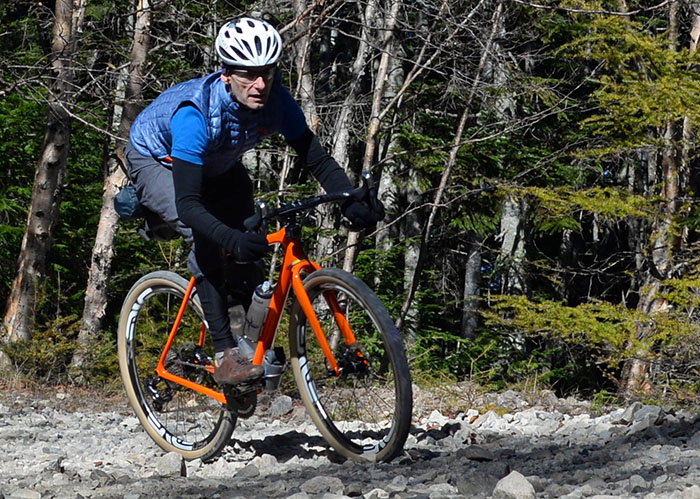
Bryne is not the only one to feel that way. Gerard Vroomen, the founder of Cervelo, sold his company – famous for its narrow-tire racers – to start two all-road bike ventures. Together with Andy Kessler, he started a new company, Open, and introduced the iconic U.P. (for ‘Unbeaten Path’). And he bought the former handlebar maker 3T and introduced the company’s first bike, the all-road Exploro. These bikes take the performance of modern carbon racers and add the ability to run ultra-wide tires. And both have had more influence on the bike industry than any other bike of the last decade. Vroomen’s characteristic dropped chainstay – to create room for wide tires between narrow road cranks, he moved the chainstay out of the way – has been cropping up on bikes from many mainstream manufacturers. The Open web site exclaims: “Go anywhere fast!”
We said similar things back in 2006. Our tire tests had shown that wide tires could roll as fast as narrow ones – provided they used a supple, high-performance casing. At the time, a road bike with wide tires seemed like a ludicrous idea to most. The very definition of a road bike was that it had narrow tires!
And yet, we became convinced that road cycling’s future rolled on wide tires. We coined the name ‘allroad bike’ (at first without a hyphen) to explain our vision: a new type of bike that was a road bike, but designed to go on all roads, not just smooth, paved ones.
The problem back then: There were no high-performance bikes designed for wide tires. Not even the tires themselves existed: The only wide tires on the market were heavy, stiff touring models – a far cry from the supple high-performance tires we envisioned. Our first task was to make the tires available. Then we asked the industry to build all-road bikes around the new tires.
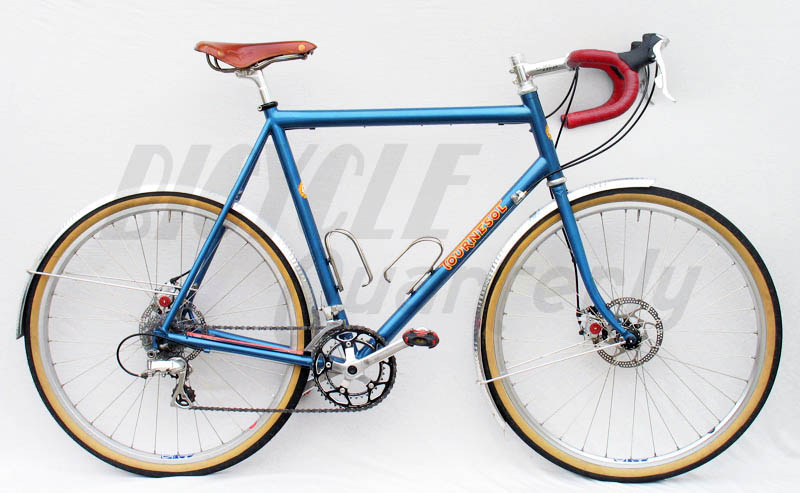
Road Bike of the Future?
That was the title of our test of the Tournesol (above) in Bicycle Quarterly. We wrote: “Our test bike this month may well be one of the first of a new breed of ‘Allroad’ bikes: road bikes with wide tires that ride as fast as racing bikes on paved roads, and faster than cyclocross or mountain bikes on unpaved roads.”
That was in Autumn 2006. The first ‘allroad’ bike had a titanium frame, 650B wheels, and its disc brakes presaged the future. The brand itself was a short-lived collaboration between BQ reader Douglas Brooks and Seattle’s Steve Hampsten. With updated colorways and components, this 13-year-old bike could pass for a current all-road bike. Put some modern rubber on it, and its performance would be very much up-to-date, too.
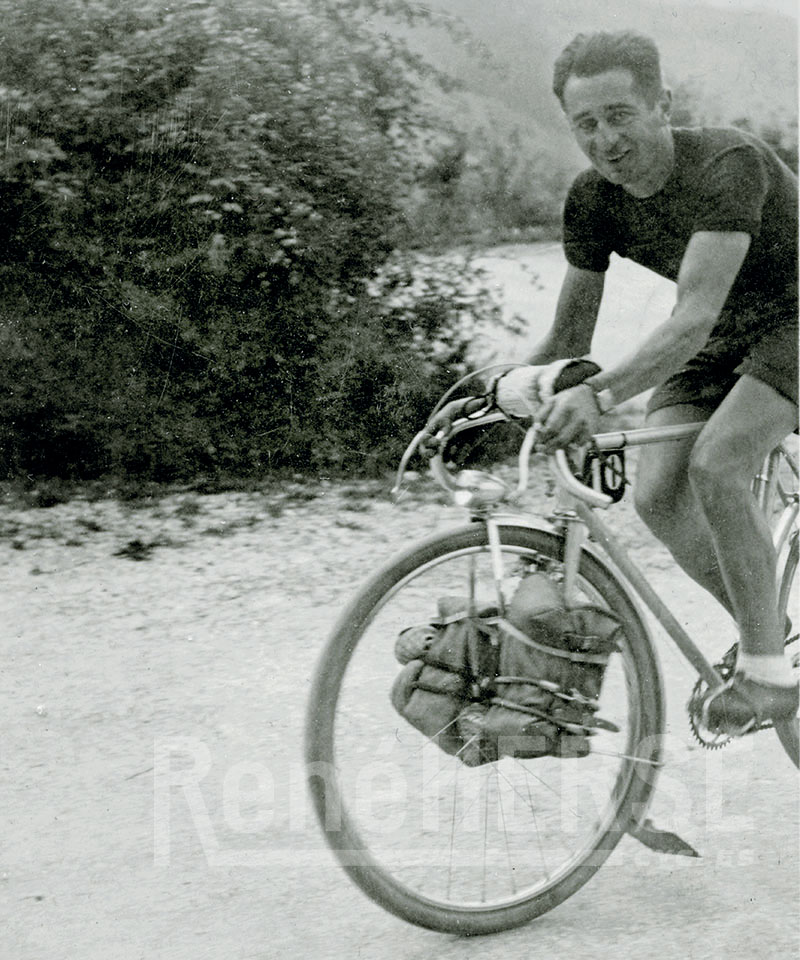
And yet it’s not like we came up with something that had never existed before: We may have coined the name ‘all-road bike,’ but high-performance bikes with wide tires weren’t a new idea, even in 2006. Our research was inspired by mid-century constructeurs like René Herse – above on his amazing 7.94 kg (17.50 lb) bike during the 1938 Concours de Machines. Wide, hand-made tires; bags strapped bikepacking-style to a superlight rack; flared drop handlebars – Herse’s bike wouldn’t look out of place on a gravel adventure today.
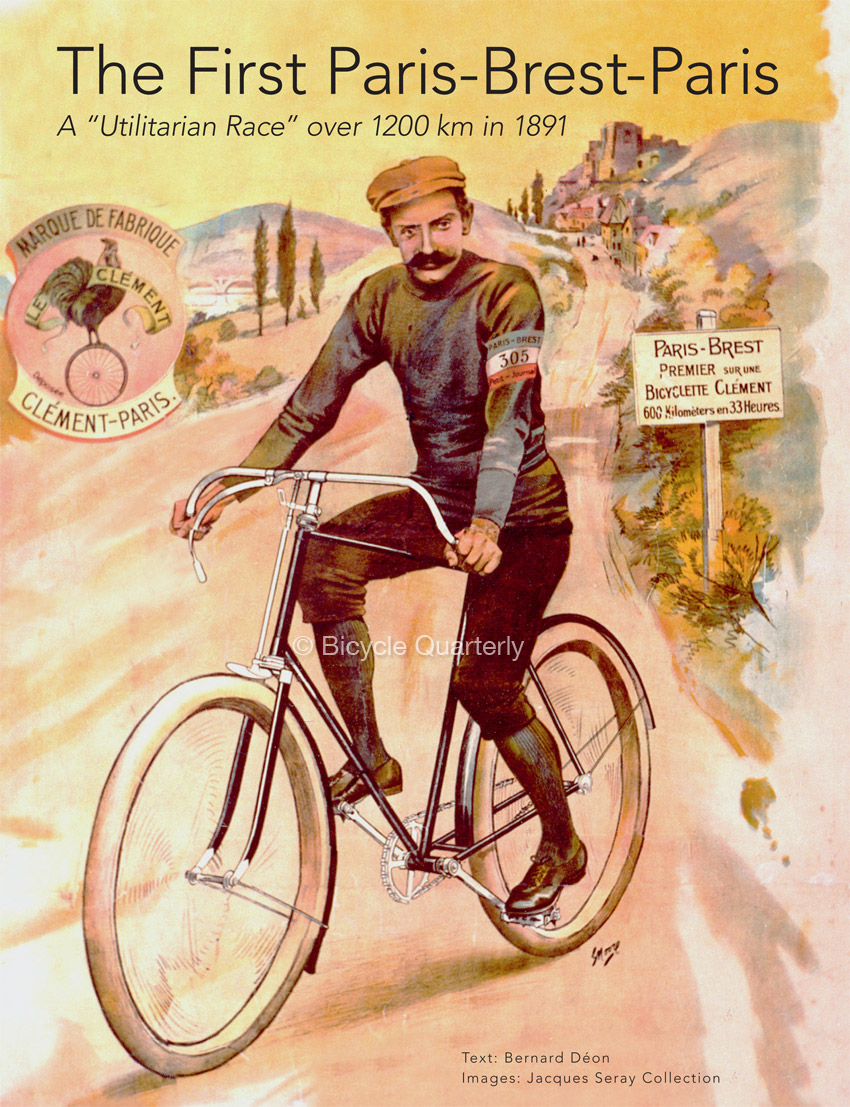
René Herse wasn’t the first to discover wide, supple tires, either. Way back in the 1890s, bicycles became popular once pneumatic tires revolutionized their speed and comfort. The change was so profound that old bikes with narrow solid rubber tires were henceforth called ‘Boneshakers’! The whole idea behind putting air in your tires was to run wider, more supple tires. The first pneumatic tires measured about 43 mm wide – not very different from the tires many of us run on our bikes today!
So fast were the pneumatics that you couldn’t win a race without them. During the first Paris-Brest-Paris – back then still a professional race – all of the first three riders were on pneumatics, even though the technology was still brand-new! Never since has a change swept through the cycling world with such speed.
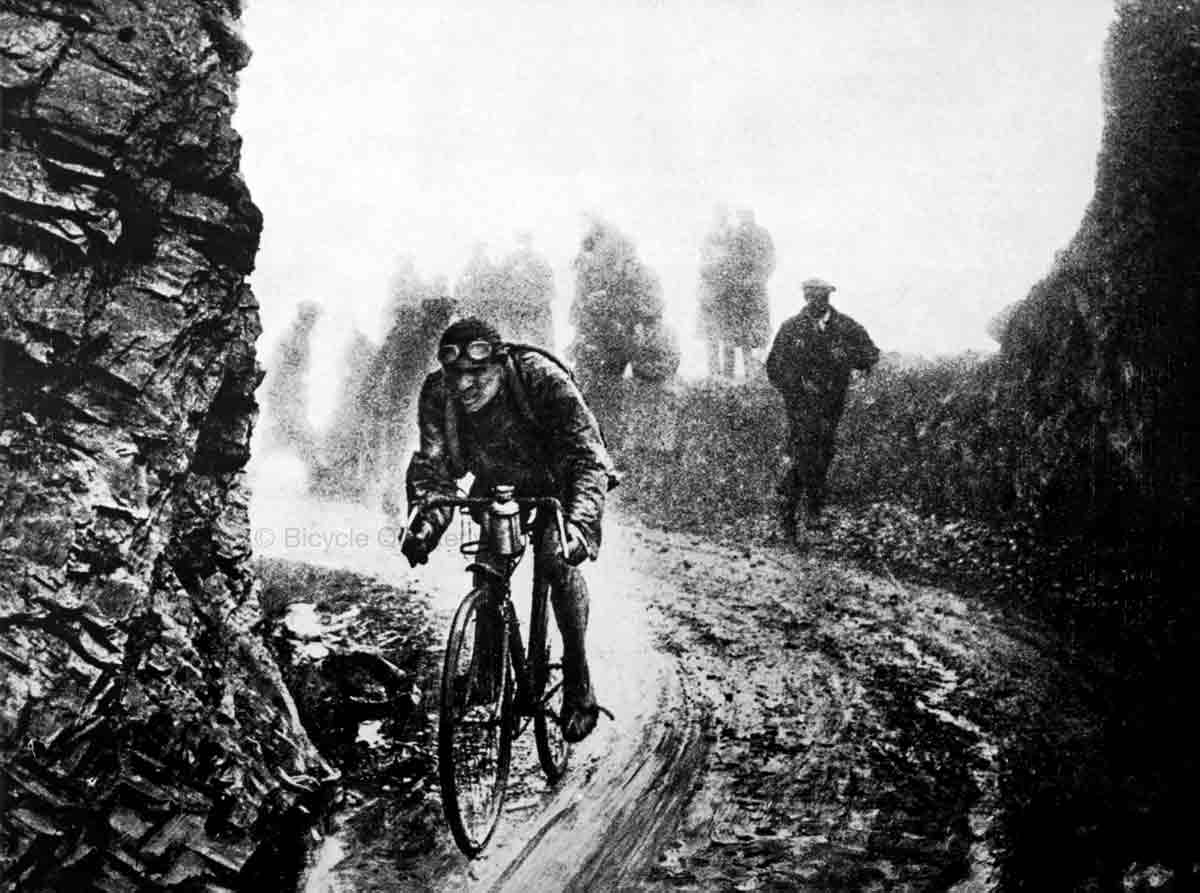
Why did tires become narrower over time? Already in the 1920s, Vélocio, the editor of the magazine Le Cycliste, joked about the ‘pneu crayon’ that most racers used: narrow, made from stiff rubber, and pumped up to the highest pressure possible. Even on the rough roads of the Tour de France (above), racers used tires that measured little more than 28 mm.
Vélocio brought back wider tires for a while, but by the 1950s, most riders were on narrow rubber again. That trend continued until recently. Why was the joy of riding on a supple cushion of air forgotten time and again?
I think the answer lies in a powerful placebo effect: Pumping up your tires harder makes your bike feel faster, even if it isn’t. Here is how it works: Your bike vibrates as your tires hit road irregularities. The faster you go, the more bumps your tires hit per second – the frequency of the vibrations increases. This experience conditions us to equate higher frequencies with more speed.
When you pump up your tires harder, the frequency of the vibrations also increases. You get the same effect as you do by going faster, except your speed is the same – but you feel faster. Conversely, a wide tire at low pressures feels slower because the vibrations that we equate with speed disappear.
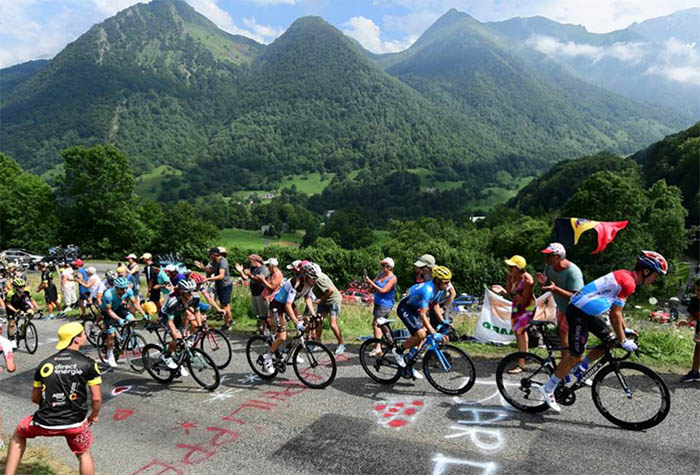
In a group with well-matched riders, you realize that even though wider tires may feel slower at first, they actually aren’t. In fact, racers were among the first to put Bicycle Quarterly‘s research into practice: Soon after we showed our test results to a technical advisor who worked for several North American pro teams, the (Canadian) Cervelo team started riding on 25 mm tires. Other North American teams followed suit, and a few years later, even the European teams started to race on 25s. Now many are moving to 28s…
For racers, it’s easy to check speed. If you can hang with the group, even though you’re riding wider tires, you know that the wider tires aren’t slowing you down.
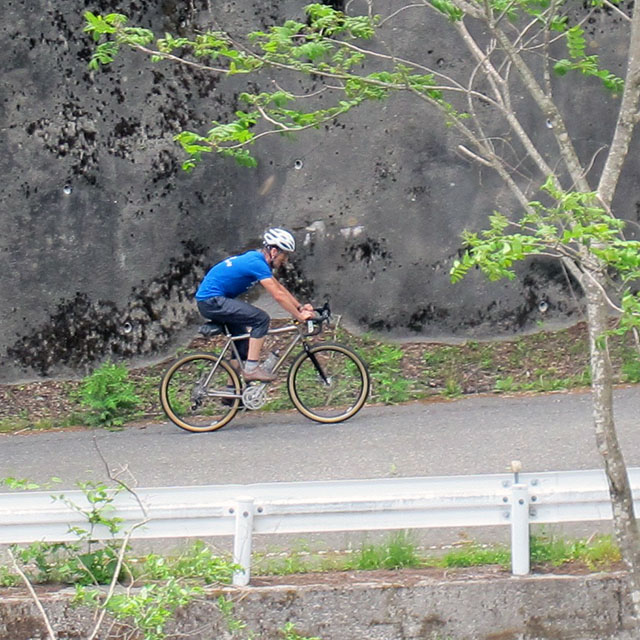
For the rest of us, the placebo of ‘high pressure = high-frequency vibrations = high speed’ can be unlearned. I no longer feel any slower on my Firefly with its 54 mm tires (above) than I do on a racing bike with 28s.
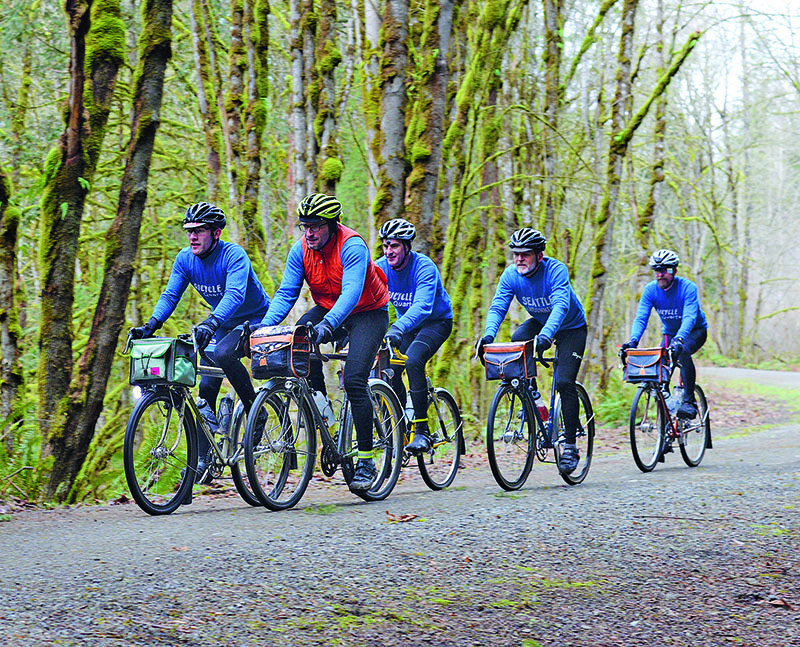
That brings us back to the original question: Are all-road bikes just a trend? Will their time come and go, like so many other bike categories that were hot for a while before the next big thing dropped? Will the joys of riding on supple, wide, high-performance tires be forgotten again?
I don’t think so. Unlike in the past, this time, the ‘wide-tire revolution’ is backed up by solid data. We won’t be tricked by placebo effects any longer! Smart people like Bryne and Vroomen are putting their money and effort into all-road bikes, because all-road bikes are transforming cycling as we know it. At Bicycle Quarterly and Compass Cycles, we are proud to have contributed at least a small part to make this happen.
More information:
- Bicycle Quarterly magazine
- Compass tires with high-performance in all-road widths


